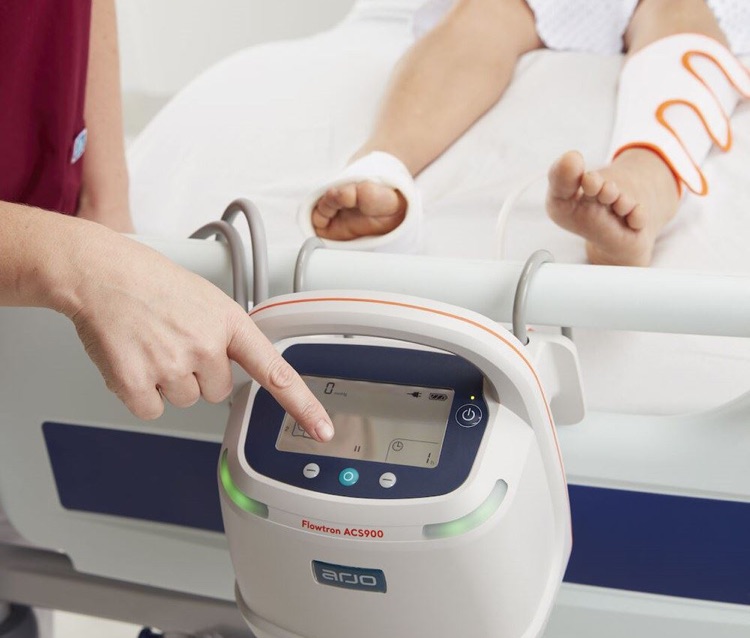
Reduce the risk of VTE
Are Covid-19 patients likely to be at higher risk of DVT?
Meet Stefan Elvenes, former ice hockey player and VTE patient
Patients with COVID-19 at risk of venous thromboembolism (VTE)1
Critically ill patients fulfil two out of the three criteria of Virchow’s triad which states that reduced venous flow from immobility, prothrombotic changes and vessel wall changes increase the risk of VTE.1

The WHO guidelines recommend the use of pharmacological prophylaxis in adolescents and adults without contraindications. For those with contraindications, the WHO recommends using mechanical prophylaxis (intermittent pneumatic compression devices).2
Find out more about our VTE prevention pumps and disposable garments.
1. Hunt, B. Retter, A. McClintock C (2020) Practical guidance for the prevention of thrombosis and management of coagulopathy and disseminated intravascular coagulation of patients infected with Covid-19.
2. World Health Organisation (2020) Clinical Management of Severe Acute Respiratory (SARI) when Covid-19 is Suspected:Interim Guidance V 1.2, 13th March 2020.